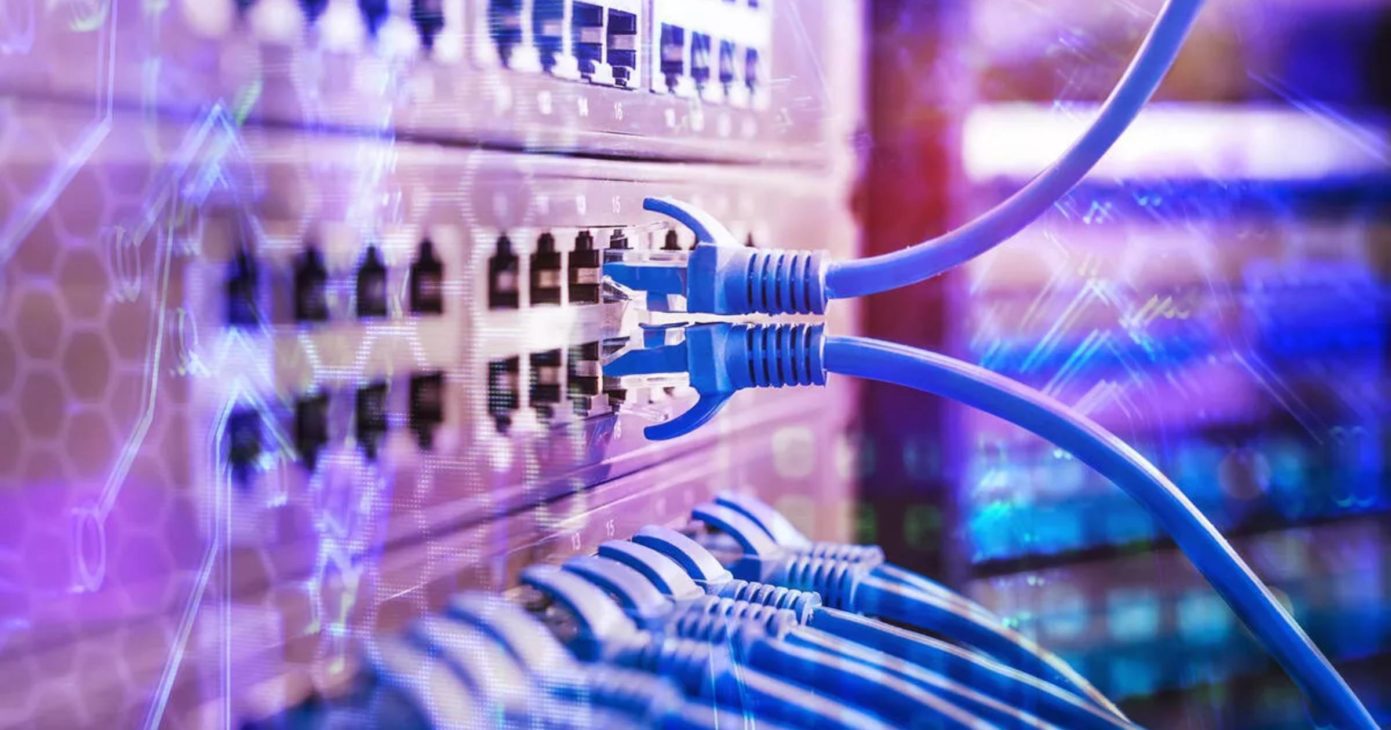Disclaimer: Please note, this article is currently under review. Information contained within this article may be outdated. Please return back at a later date.
From the polling rate of your gaming mouse to your connection speed and latency, every nano-second counts for a competitive gamer. That’s why you should compare FTTP vs FTTN network connections to ensure that your internet connection is not letting you down.
Both are great, but choosing between the two needs consideration.
Back in February 2022, the federal government announced promises to make investments into the NBN Co in assistance with rolling out an upgrading NBN plan, starting with up to 1 million homes. In essence, homes would now receive fibre to the home and not just to the node which theoretically results in faster download and upload times.
But what does this mean for gaming? Does the promise of faster speeds make it worthwhile to jump ship from an FTTN connection plan to an FTTP connection? Let’s find out!👇
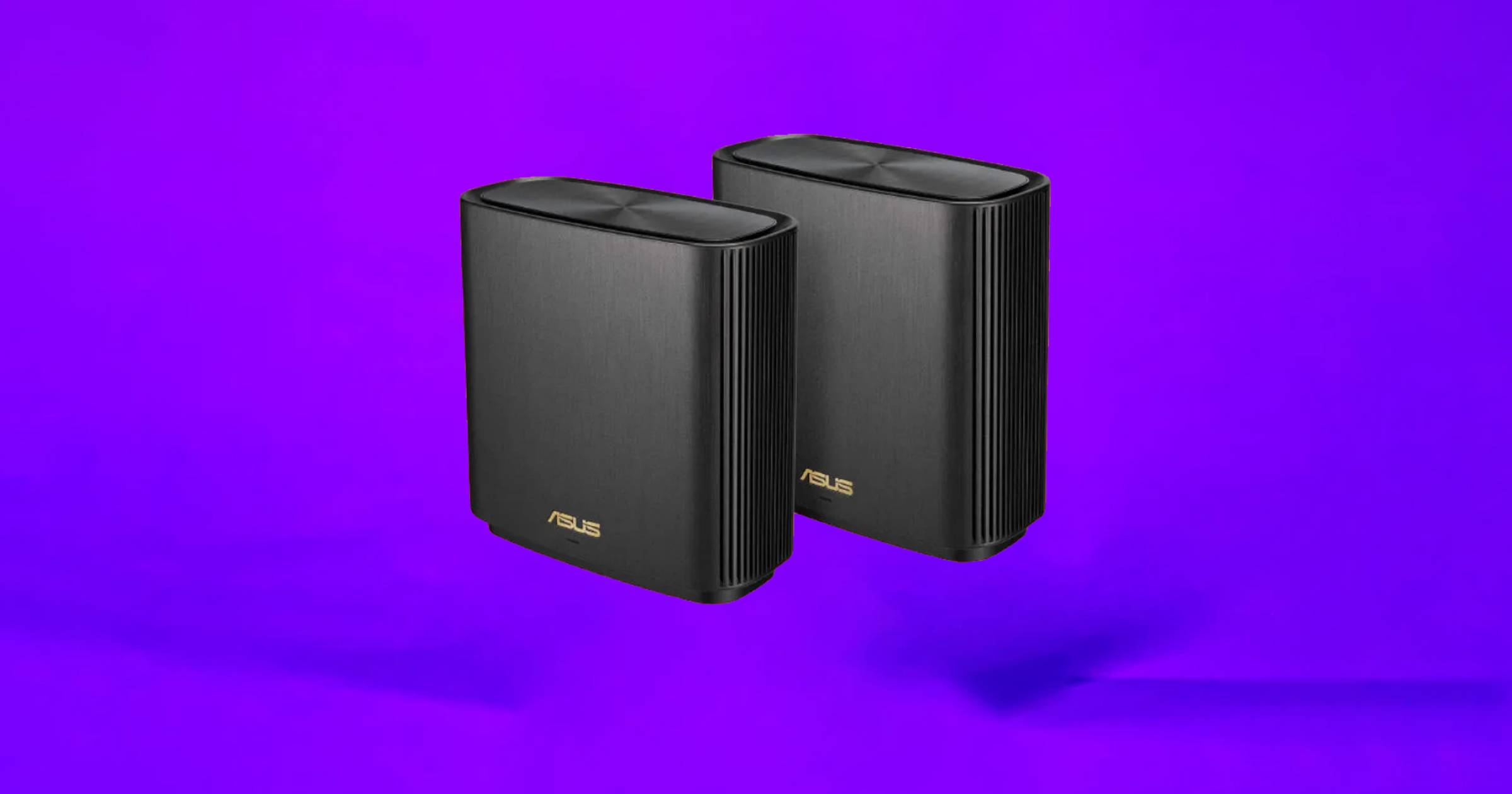
What is FTTP?
Before we delve into the pros and cons of FTTP vs FTTN, allow us to explain what each one means and why it’s important to consider your options.
Firstly, FTTP stands for Fiber-To-The-Premises. In layman’s terms, this means that a fibre optic network cable will run from your local internet exchange straight into your home; transmitting internet data. Just like your electricity powers your home from the local grid, FTTP works in a similar way, but for the internet.
Because of this direct connection, FTTP networks are designed to provide powerful and stable internet connections to both homes and businesses across Australia. Many service providers will be able to offer unlimited bandwidth and complex applications to users who want to squeeze as much speed and as little latency as possible from their internet connection.
That said, due to the powerful nature of FTTP network connections, both home and business users will often find that FTTP costs slightly more than FTTN or FTTC networks.
What is FTTN?
Conversely, FTTN stands for Fiber-To-The-Node. As one of the 3 different types of connections available via the NBN network, FTTN transfers internet data from the local internet exchange to a node within a geographical area and then onward to homes and commercial buildings.
If you have ever heard of a DSL connection, an FTTN connection is very similar to this but uses existing infrastructures instead.
Due to the fact that FTTN connections are essentially sharing resources with multiple homes or commercial buildings, they are not as powerful or stable as FTTP connections; however, they will often be cheaper to operate.
For certain types of connectivity such as watching television, FTTN connections are often used as the juice required for these applications is nowhere near as intensive competitive gamers and Twitch streamers would require.
That said, which one is best for gaming in general? 👇
–
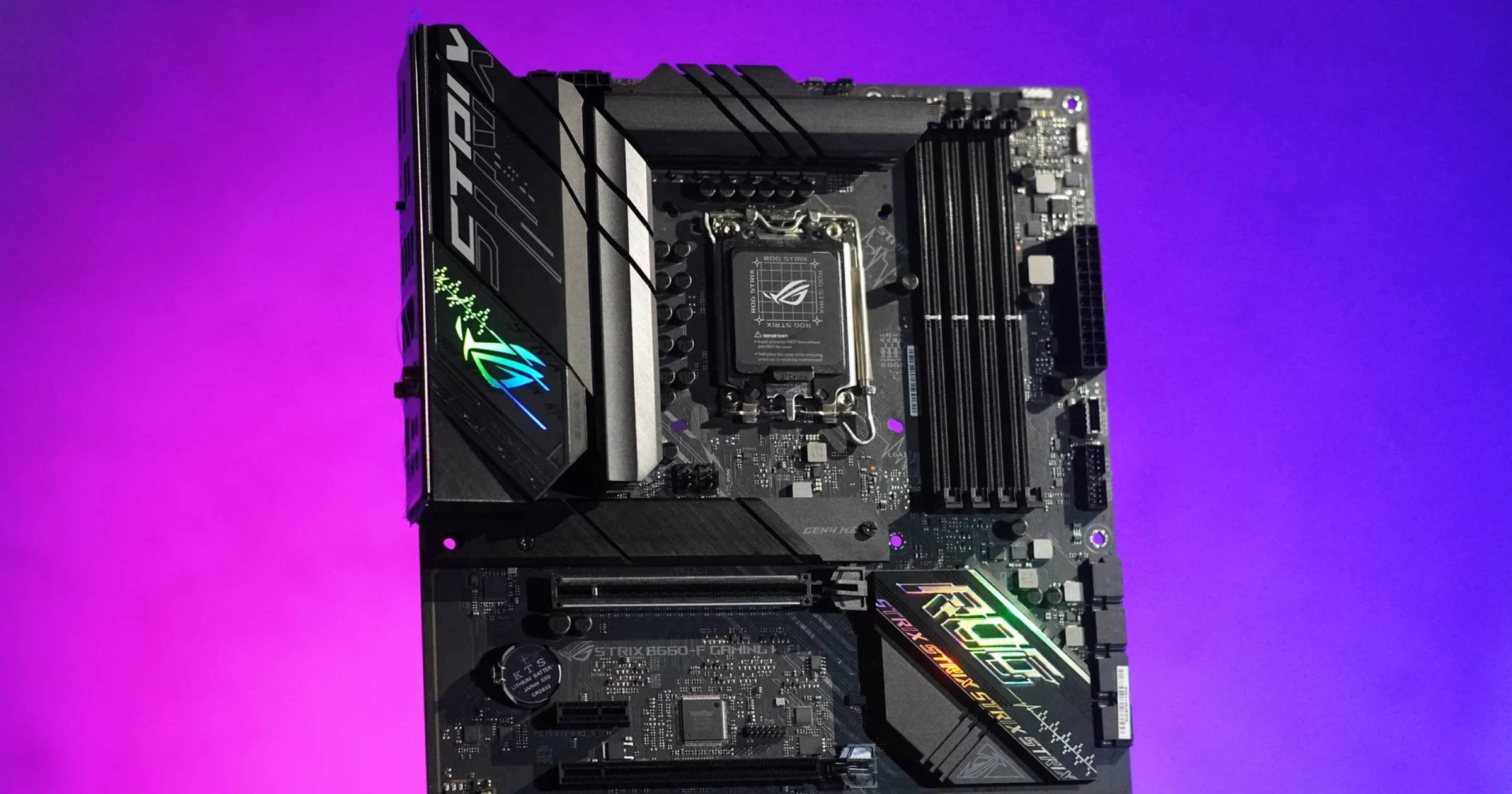
The Differences Between FTTP & FTTN
Before we can determine whether FTTP or FTTN is best for gaming, let’s take a look at some subtle differences between the two connection types.
With FTTP connections requiring significant investment from the NBN and the Australian government to install nationwide, there is no determining whether you will have access to this type of connection soon. However, in preparation for when that eventually rolls around, and it will, it’s important to understand the major differences.
Here are 4 key differences between FTTP and FTTN:
1. FTTP Vs FTTN: Speeds
When it comes to connection speed, FTTP is faster than FTTN.
Due to the fact that FTTP provides a direct fiber optic connection from the internet service provider (ISP) to the customer’s premises, this means that the entire length of the connection, from the ISP’s data centre to the customer’s home or office, is fibre optic. Of which, this allows for very high-speed data transfer, typically ranging from 100 Mbps to 10 Gbps, depending on the customer’s subscription and the quality of the fiber infrastructure.
FTTN, on the other hand, connects the customer’s premises to a nearby fibre optic node via a copper wire. The node itself is connected to the ISP’s data center via fiber optic cable. This means that only a portion of the connection, usually the “last mile” between the node and the customer’s premises, is fiber optic. The rest of the connection is copper wire, which can limit the speed and bandwidth of the connection.
Therefore the speed differences between FTTP and FTTN can be significant, with FTTP generally offering much higher speeds than FTTN. This is because the entire connection with FTTP is fiber optic, which provides faster and more reliable data transfer. FTTN, on the other hand, may suffer from signal degradation and other limitations associated with copper wire. As a result, the maximum speeds achievable with FTTN are usually lower than those with FTTP, typically ranging from 25 Mbps to 100 Mbps.
So, when you are playing your favourite military games and need lightning fast speeds to be the first to the trigger, you might want to look towards an FTTP connection.
–
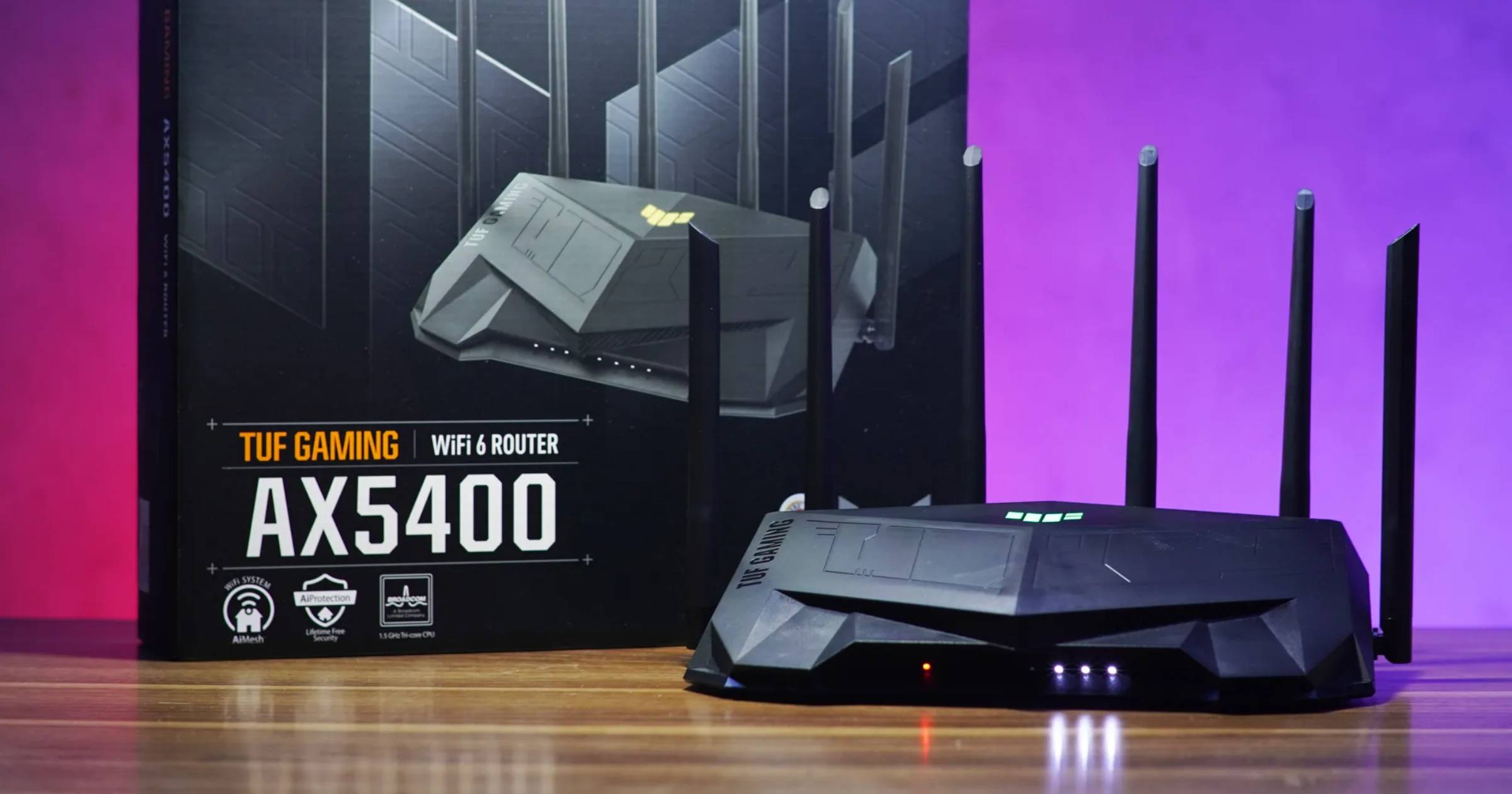
2. FTTP Vs FTTN: Cost
Wouldn’t it be nice to live in a world where receiving better service does not end up costing anymore? Well, as far as the cost differences between FTTN and FTTP connections are concerned, there is very little to separate the two. A glorious day indeed!
As of this writing, most NBN providers offer a $0 installation cost to upgrade your existing NBN to an FTTP connection. In addition, the monthly fee for FTTP and FTTN services are almost identical too! Of course, if you choose to upgrade to a faster FTTP plan, that will cost more. However, that is no different from any FTTN connection plan in Australia.
So, don’t sweat about the money, it’s going to be comparable.
Now, as a gamer, the question becomes whether you will see the benefit of potentially paying a few bucks extra every month for your internet bill. For me, the cost of a hyper-fast FTTP package is well worth the investment when you consider the benefits that you will receive from a faster and more stable connection
3. FTTP Vs FTTN: Installation
Regardless of whether you choose an FTTP or an FTTN connection to your home or business, both network types will require installation. Of the two, an FTTP connection will take much longer to install when compared with an FTTN infrastructure. This is because an FTTN connection will require your NBN provider to first set up your local neighbourhood.
According to Telsoc, it took approximately 3.7 million sites were installed with an FTTN connection after two years of work. When you compare this with the estimated time of 8-10 years for an FTTP connection, depending on where you are in Australia, you could be waiting some time.
Unfortunately, you will not have any control over whether you can acquire an FTTP connection. However, should FTTP be available in your area, you can request to switch over the connection.
–
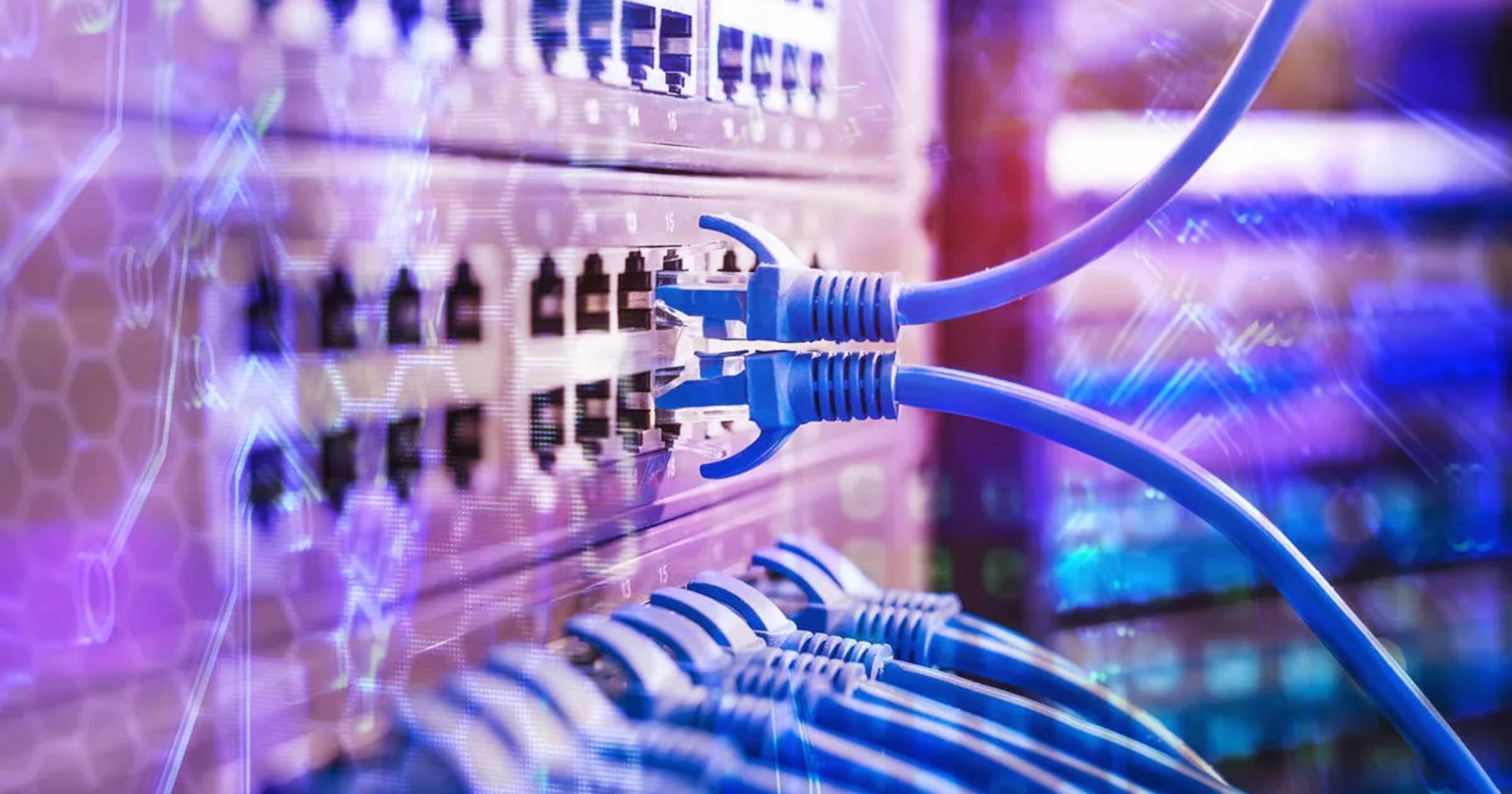
4. FTTN Vs FTTP: Equipment
As far as equipment is concerned, both an FTTN and FTTP connection will require a VDSL2-ready modem which will enable you to share your connection across your premise. As much as you might not want your relatives sharing your connection, this will enable everybody within the building to use the same network.
Because FTTN connections run copper wires directly to the node, you won’t need to have a box installed at your property which will also save some time. However, for FTTP connections, you will be required to install a utility box on the outside of your premise.
Besides that, it’s pretty straightforward
Which Is Best For Gaming? FTTN or FTTP?
Without question, FTTP connections are best for gaming when compared to FTTN. Not only do you have a direct connection to your premise, but you will also benefit from much faster upload and download speeds. Naturally, this will enhance your gameplay and reduce your ping.
If you’re not playing video games that are heavily reliant upon a low latency, it doesn’t really make a difference whether you have an FTTP or FTTN connection. For those games, upgrading to FTTN will not directly affect your gameplay but will definitely improve your overall experience using the internet with video downloads, streaming etc.
However, your choice of FTTN and FTTP connections is solely reliant upon your location in Australia. Therefore, if you have the option to upgrade you should take full advantage of this to get the upper hand on any gamers in Australia who do not have this luxury.
